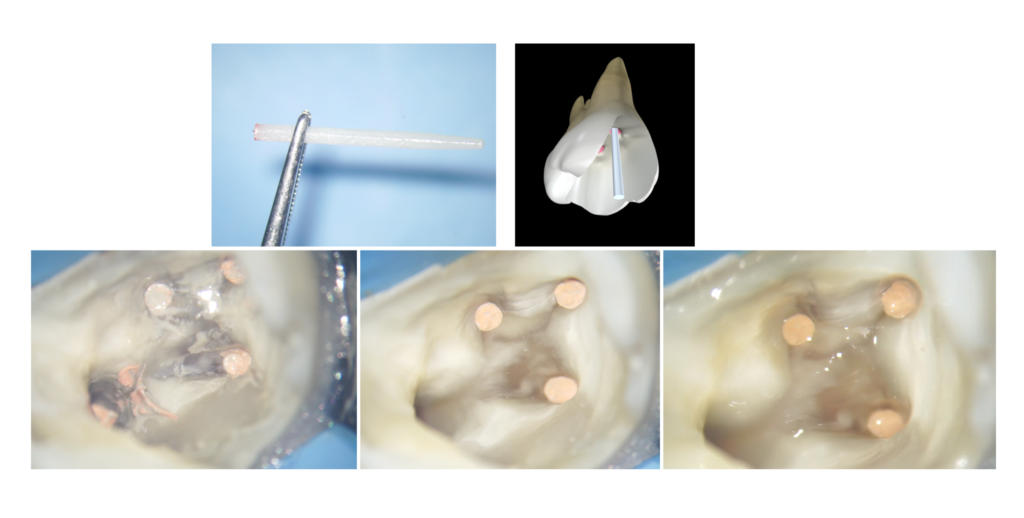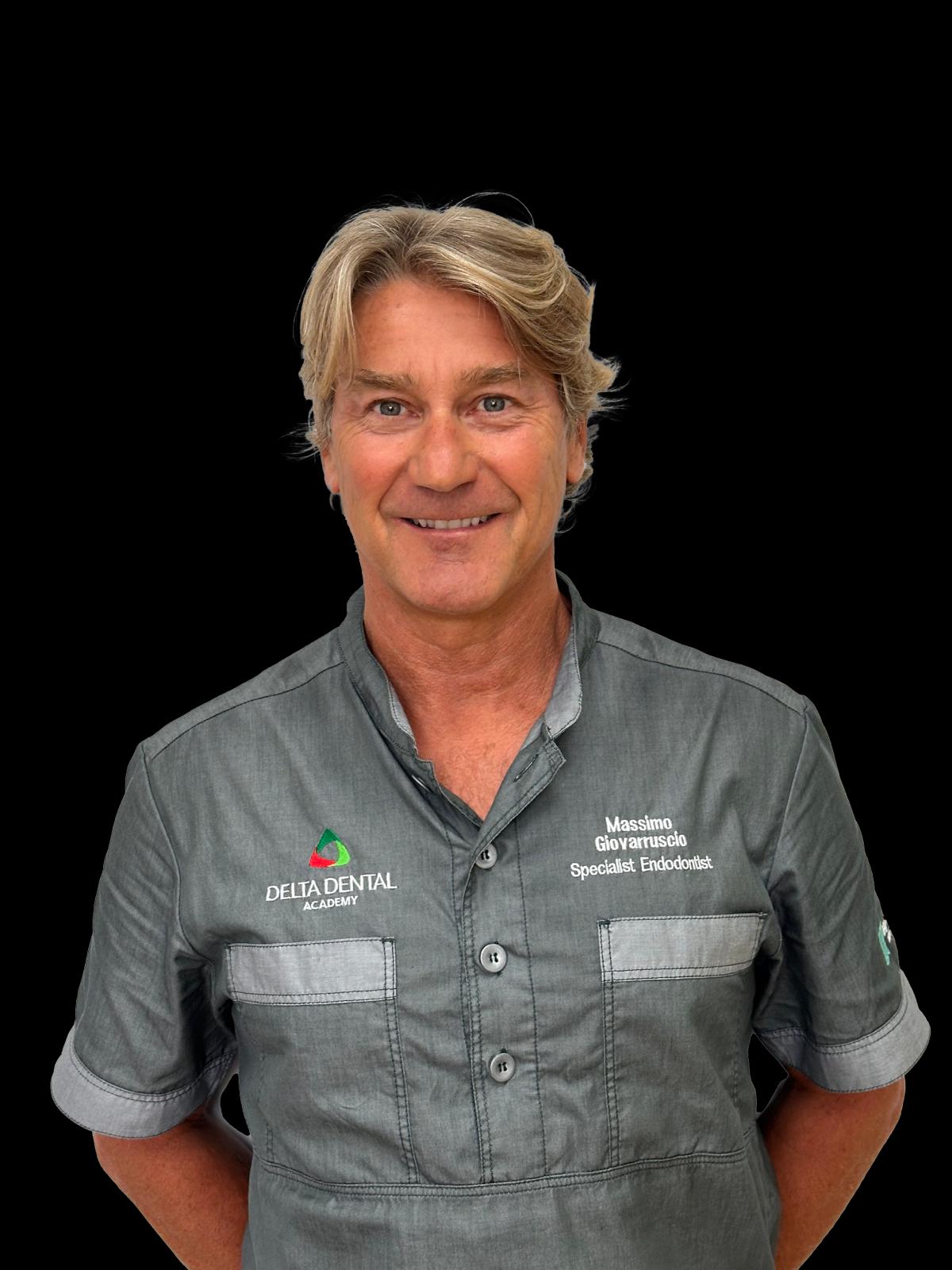
Itena Glass Fiber Post Restoration Step by Step
14/03/2022
Massimo Giovarruscio
Warning: Undefined variable $post in /var/www/vhosts/styleitaliano-endodontics.org/endodontics.styleitaliano.org/wp-content/plugins/oxygen/component-framework/components/classes/code-block.class.php(133) : eval()'d code on line 2
Warning: Attempt to read property "ID" on null in /var/www/vhosts/styleitaliano-endodontics.org/endodontics.styleitaliano.org/wp-content/plugins/oxygen/component-framework/components/classes/code-block.class.php(133) : eval()'d code on line 2
Clinicians often face dilemmas regarding the most appropriate way to restore a tooth following root canal treatment. Whilst there is established consensus on the importance of the ferrule effect on the predictable restoration of root filled teeth, other factors, such as residual tooth volume, tooth location, number of proximal contacts, timing of the definitive restoration and the presence of cracks, have been reported to influence restoration and tooth survival. The continued evolution of dental materials and techniques, combined with a trend towards more conservative endodontic-restorative procedures, prompts re-evaluation of the clinical dental procedures .
The aim of this article is to provide an updated overview of how to restore an endodontically treated tooth using the latest materials.

Fig. 1
Pre operative X-ray
A clinical approach has been showed, step by step from the end of vertical warm compaction till the end of the glass fibre post restoration. The final shaped tooth is useful for the referral dentist to perform a quick temporary crown.
A clean and adequately prepared dentine surface appears to be more important for the success of the post space restoration than the choice of post-material
We recommend to use adhesive techniques for post placement that permit the preservation of the maximum amount of dentine.
Is essential an appropriate bonding protocol, including the use of appropriate dual cement applications tips for predictable post placement
We recommend to choose a proper glass fibre post that fits passively into the canal. We do not want to enlarge the canal to fit the post
The use of dual-curing systems is recommended to ensure a proper polymerization of the materials
Is essential an appropriate bonding protocol, including the use of appropriate dual cement applications tips for predictable post placement
Adhesive luting posts inside the root canal should form a so called “MONOBLOCK” (Tay & Pashley 2007)

Fig. 2
Post operative X-ray
Conclusions
Bibliography
Bhuva B, Giovarruscio M, Rahim N, Bitter K, Mannocci F. The restoration of root filled teeth: a review of the clinical literature. Int Endod J. 2021 Apr;54(4):509-535. doi: 10.1111/iej.13438. Epub 2021 Jan 5. PMID: 33128279.



